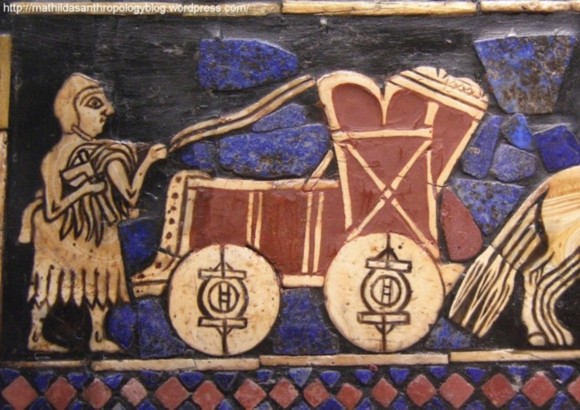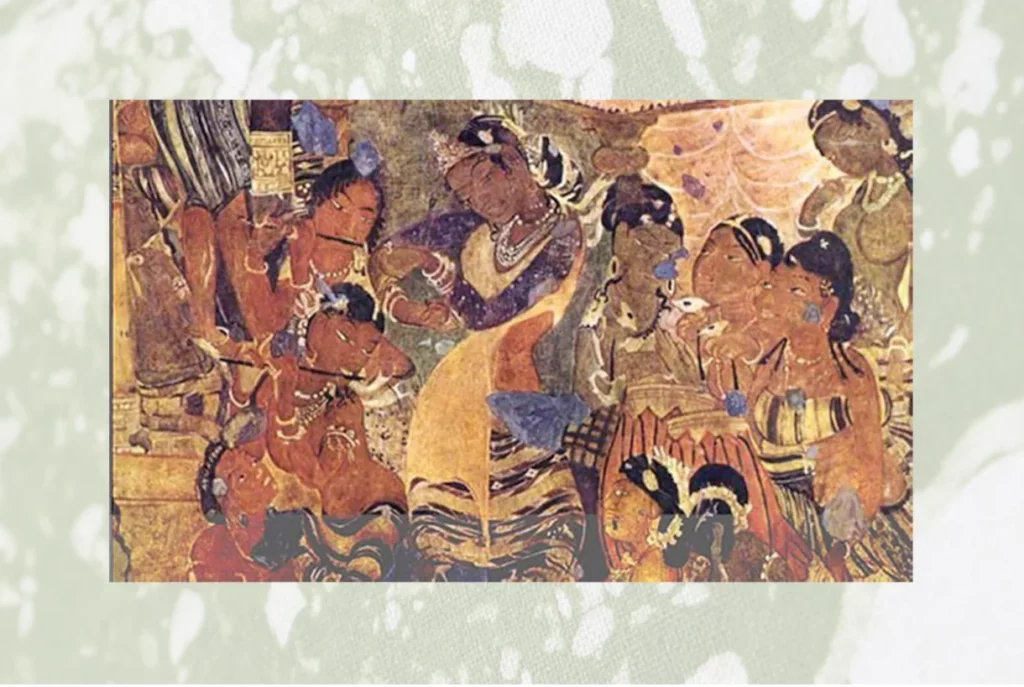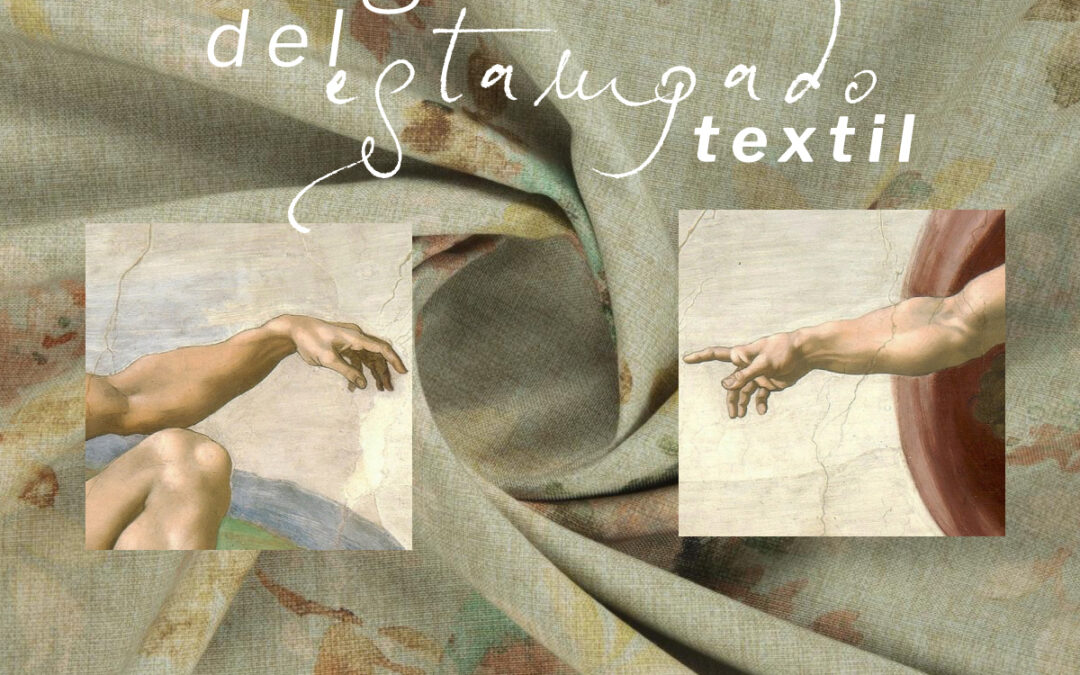Man has always been curious to decorate his surroundings, starting with his clothes, rooms and elements necessary for his survival and well-being.
Textile printing emerged as a desire to add colour and design to textile materials and can be considered as old as mankind. Early civilisations used colour and design to distinguish themselves. This technique combines art, engineering and dyeing technology to make prints that were in the imagination and creativity of the textile designer.
The earliest record comes from Mesopotamia 5000 years ago, where textile decorations were used for clothing in Syrian and Babylonian performances.

It is difficult to determine the origin of textile printing. In China it may have existed since the 4th and 5th century BC where woodblocks were discovered with examples of printing, also known asrelief printing, which consisted of dyeing a fabric from a carved material.
However, the longest continuous history of printed textiles belongs to India, where they carved the woodblocks by applying dyes and pressure to the fabric with dyes that were made from fruits, plants, roots and insects. At the time of Charlemagne’s invasion of India, the exchange of dyed and painted fabrics from the Asian continent began.
In Egypt there are records from 23 AD. where techniques similar to “Batik” were employed, used in modern art which is characterised by unique patterns and colour combinations and the appearance of fractured lines due to the crackling of the wax during the dyeing process.

In Europe the first textile prints were found on a block of wood discovered in France at the end of the 14th century. In Germany the family “Tuchdruckers” or stampers was well known in the year 1440. Woodblock printing was practised in the United States, in Massachusetts, New Jersey and Pennsylvania.
But the development of the screen technique began in Japan in the mid-17th century, where they used patterned stencils held together with very fine silk threads, even with human hair.
In the 18th century, the technique of printing with rollers or cylinders began to be used. And during the 20th century, multicolour rotary screen printing made it possible to produce large-scale screen printing.
Today, digital textile printing is used, with computer-controlled lasers, so that the prints and textile design are fully customised.





Recent Comments